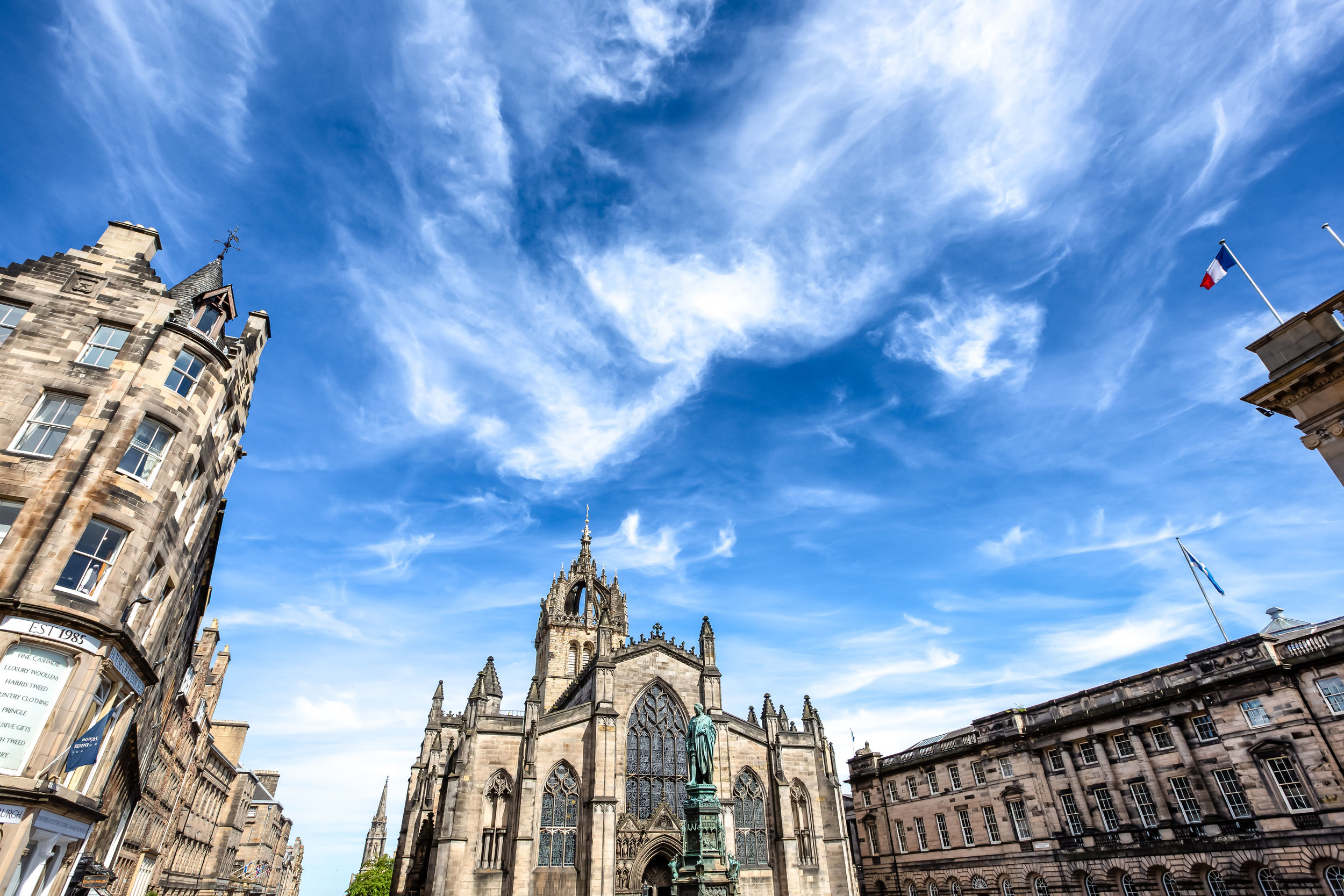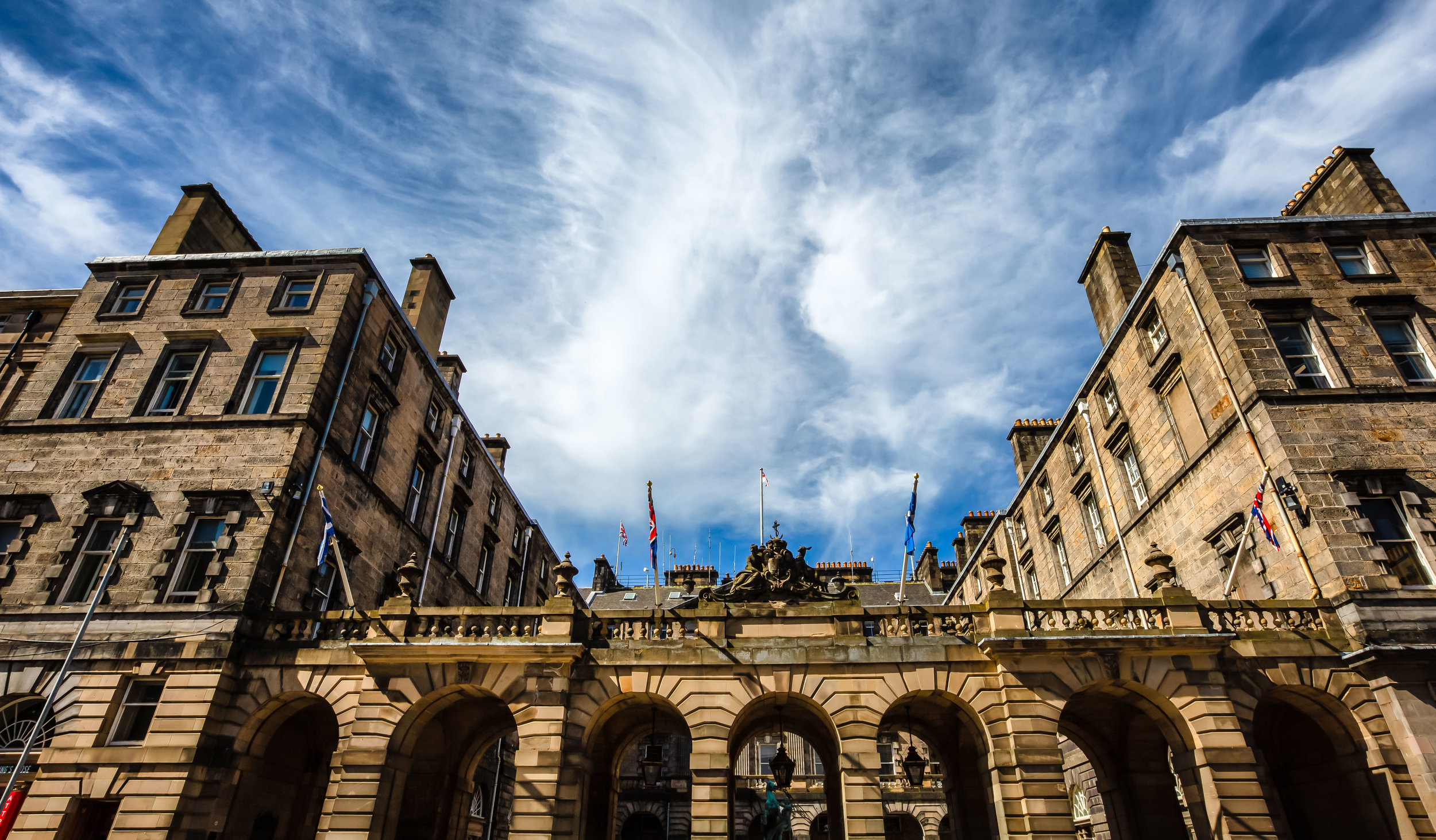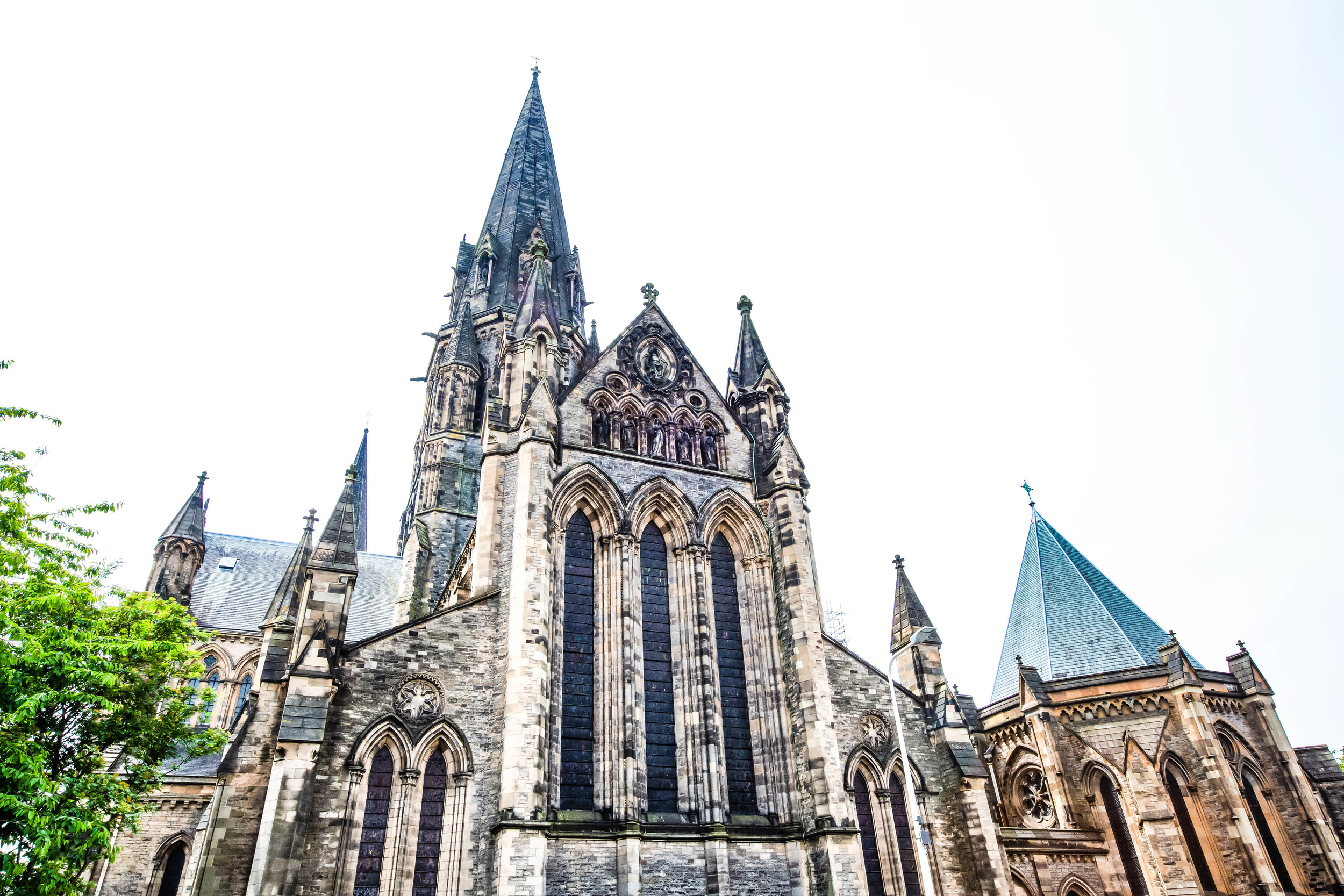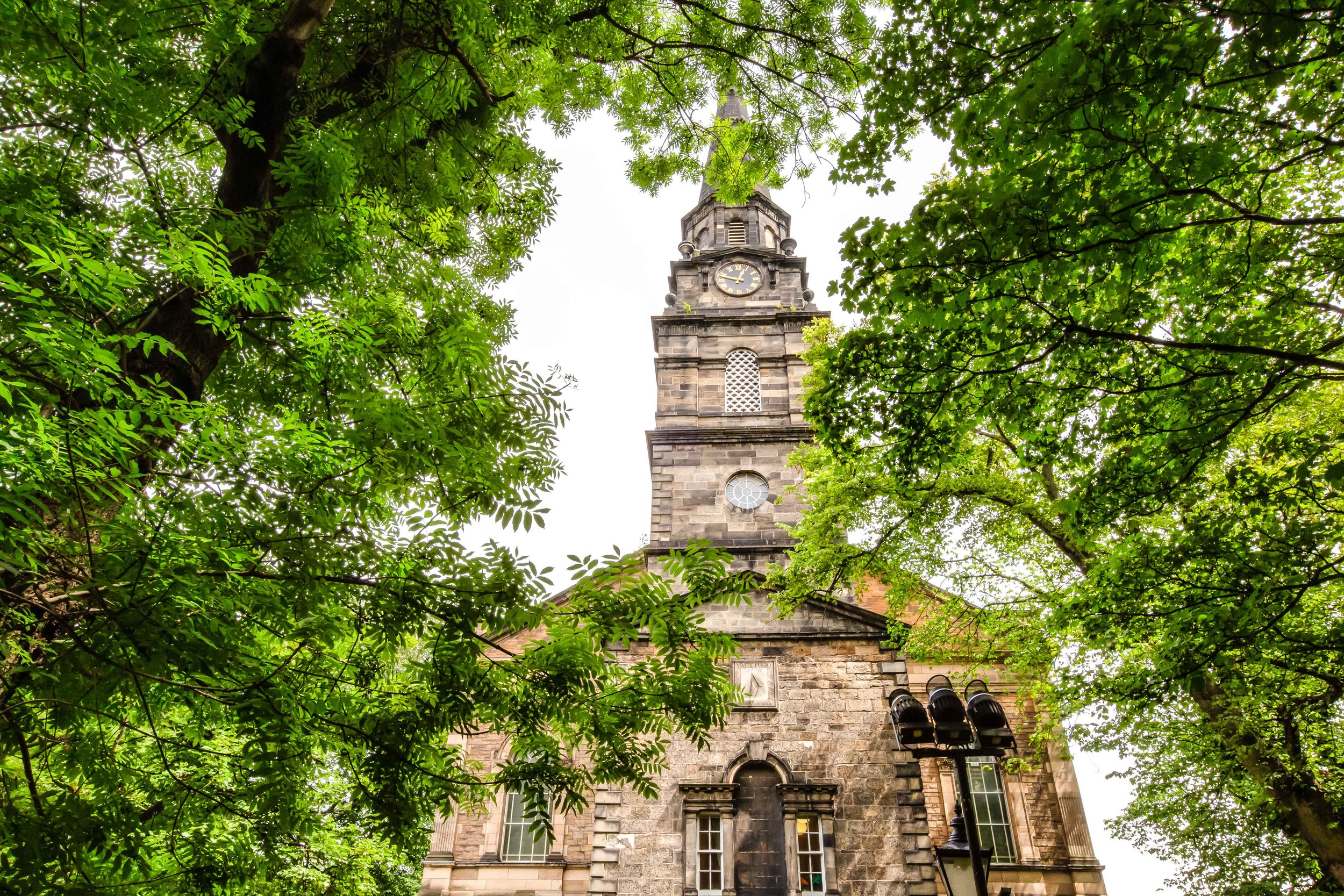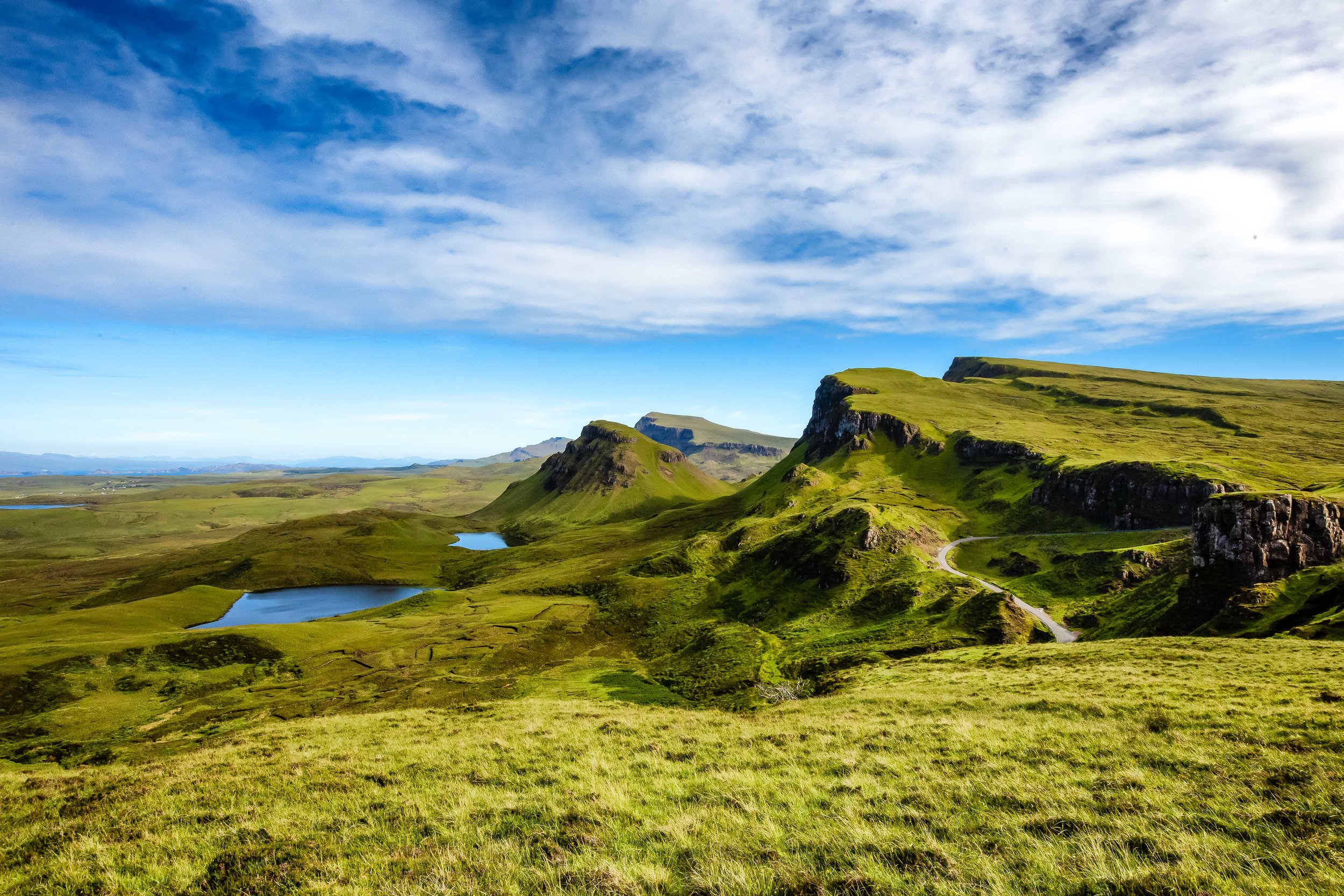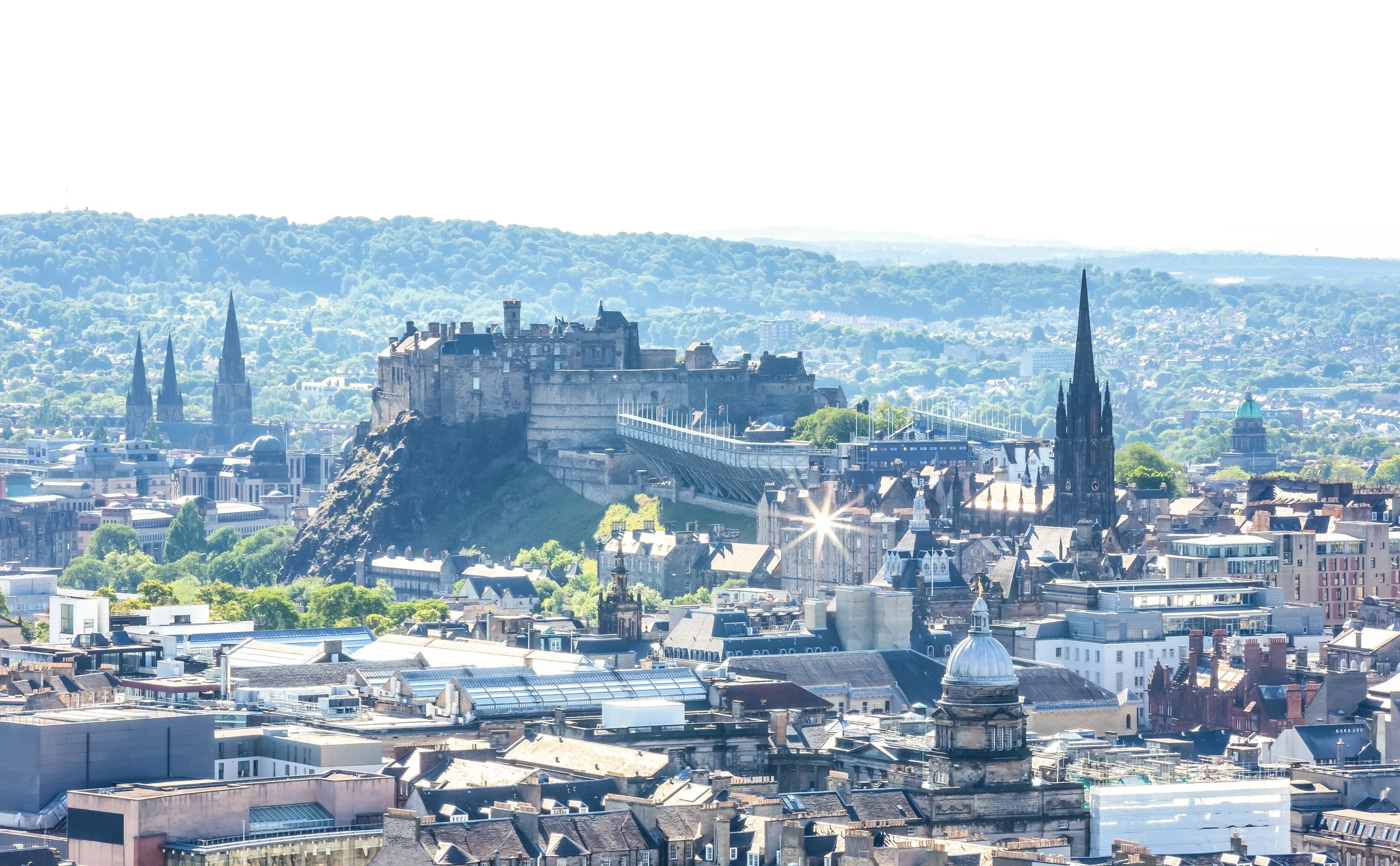Are you one of the millions of people around the world who has taken one of those ancestry tests? You know, one of those things where you swab a bit of saliva and after a few months your DNA tests arrive in the mail with a detailed calculation of your genealogy? I’m a bit skeptical of their authenticity, but for the people who’ve tried it, it would seem like they appreciate the results.
Two years ago, my step-sister sent one to my step-father as part of his Christmas package - My step-dad, a French-Canadian with Acadien heritage seemed quite eager to see the results of the test. During our Christmas family FaceTime chat, we talked about it and even though we felt skeptical that the results would really tell us anything we didn’t already know, I could understand why he would be interested in a test like this as the history of the Acadien people in Eastern Canada is a complicated one.
My own genealogy however isn’t as complicated.
My entire family hails from Scotland - My parents, their parents, their grandparents and their parents. Granted, I likely have some other Eastern European or English roots mixed in somewhere but you’d have to go pretty far back to find them. I’ve never needed one of these tests to explain this stuff to me as my family history is well-documented.
This is because my grandma’s older brother kept an extremely detailed family history, which he spent countless hours researching and was constantly updating. I remember visiting his place a few times during family gatherings and having him show us he detailed map of our family’s history that he traced back for dozens of generations.
After my uncle passed away, the family tree he created passed on to his son, who has carried on his fathers work of ensuring that the history of our family is one that we can easily learn about.
My family mostly hailed from the northern highland regions of Scotland, near Inverness. They moved from Scotland to Nova Scotia, Canada, which if you’re not aware means “New Scotland” in Latin, and my grandfather moved to a town named “Inverness” to work as a coal miner after the war.
Think about it. Moving from Inverness, Scotland to Inverness, New Scotland.
I always thought it was a bit quirky to say the least, but I’m sure many of the Scots and Irish who uprooted their families and moved to North America in the 19th and 20th centuries are likely to have similar stories as many of North America’s towns and streets share the same names as those in back home.
Suffice to say, visiting Scotland was always one of my top priorities, but since I’ve lived in Asia for much of my adult life, I’ve never had the opportunity to enjoy Scotland in the way that only and an adult could. So when my girlfriend’s year-long working holiday was finishing up, we decided to travel Europe for a month.
Scotland was of course at the top of our list of places to visit.
I put together a two-week excursion which would allow us enough time to visit the historic cities of Edinburgh and Glasgow before taking a road trip through the beautiful Scottish Highlands and then a week on the Isle of Skye.
Our first stop? Edinburgh, the capital city of the country.
If you weren’t already aware, much of Edinburgh is listed as a UNESCO World Heritage Site with almost 5,000 listed buildings that showcase the medieval street layout of “Old Town” and the well-planned Georgian-style layout of “New Town”.
Recognized as one of Europe’s most beautiful cities, Edinburgh has a little something for everyone to admire with an organic mixture of architecture ranging from Gothic to the ultra-modern. It doesn’t matter if you’re on a walking tour of the city or enjoying the scenery from mountain vistas like Calton Hill or Arthurs Seat, you’re sure to enjoy the unique history and beauty of the ancient Scottish capital.
For today’s post, I’m going to depart from my usual style and instead just share some snapshots of the city. I’ll offer a short explanation of some of the locations, but this one is simply going to focus on some of the photos I took while roaming around the city. I hope you enjoy them.
Calton Hill
Easily one of the most identifiable locations in the city, Calton Hill, which is included as part of the UNESCO World Heritage Site, is home to a couple of architecturally significant structures, offers panoramic views of the city and is the perfect spot for an afternoon picnic.
Often the subject of photographs and paintings of the city, the peak of Calton Hill is home to several monuments, most notably the National Monument and the Nelson Monument with the southern slope of the hill home to the Scottish Parliament and Holyrood Palace.
The National Monument, a memorial constructed to memorialize the fallen members of Scotland’s Armed Forces during the Napoleonic Wars was intended to be a ‘memorial of the past and incentive to the future heroism of the men of Scotland’ but due to a lack of funds was never actually completed.
Modelled after the Parthenon in Athens, the unfinished monument has been described as “the Pride and Poverty of Scotland”, but has since become one of Edinburgh’s most iconic structures.
Today it can be seen from almost everywhere you go in the city.
Likewise, the Nelson Monument, a commemorative tower constructed in honour of Vice Admiral Horatio Nelson is another of Calton Hill’s opposing structures. The two-century old monument, a 32 metre (105ft) high tower, sitting 171 metres (561ft) above sea level has a public viewing gallery at the top and is a popular tourist attraction.
What I found more appealing however was the large patch of grass on the southern slope of the hill which provided the perfect space for a romantic afternoon picnic. Knowing this, we prepared some food bought at a nearby supermarket and instead of waiting in line to climb to the top of the tower, had a perfect afternoon enjoying the views of the city.
Scott’s Monument
Another of Edinburgh’s most iconic structures, the Scott Monument, a 61 metre (200ft) Victorian-Gothic tower, dedicated to Scottish author Sir Walter Scott sits along the popular Princes Street shopping stretch near Edinburgh’s Waverley Railway Station.
Completed in 1846, the monument sits in a public park sandwiched between the railway and busy Princes Street. Described by Charles Dickens as the “spire of a Gothic church taken off and struck on the ground”, the design of the monument initially met with considerable criticism but like the National Monument mentioned above, it has since become one of the city’s most iconic images.
The 200ft tall tower has an observation platform where visitors are able to pay an admission fee and climb the 287 steps to the top to enjoy the views of the city. The climb to the top however is a busy one, is quite cramped for space and is a steep climb. If you’re visiting on a nice day, you’re probably better off acting like a local and finding an empty patch of grass where you’ll be able to check out the monument, enjoy the weather and do a bit of people-watching.
The Royal Mile
In almost every nook and cranny of Edinburgh you’ll be able to enjoy the historic character of Scotland’s historic capital. If you don’t end up joining one of the many walking tours offered, you’ll easily be able to appreciate the eclectic mixture of architectural styles that the city so vibrantly puts on display.
This is especially prevalent on the Royal Mile where you start with the ultra-modern Scottish Parliament at one end with Edinburgh Castle on the other. What you’ll find on the long road between the two however is a mixture of buildings that span the past few hundred years of Edinburgh’s history.
You could spend hours, days or weeks simply walking up and down the Royal Mile enjoying all the small details, the monuments, churches, civic buildings, restaurants and tourist traps.
The cobblestone street is one of the busiest tourist areas in Edinburgh, but there is good reason for that as it gives tourists a great introduction to some of the best that the city has to offer.
Even though my entire family hails from the Northern-Highland regions of the country, as a Scottish kid born outside of the country, my visit to Edinburgh was one of those heartwarming experiences that reminded me of my family, our history and how after all these years I was able to fully appreciate how much this land feels like home, even though I was just a tourist.
Fortunately on this visit, I was able to share the experience with my girlfriend who also fell in love with the city (and the country) which ensures that I’ll be able to visit again quite soon!
Edinburgh is a lovely city and if you’re planning a visit, I’m sure you’ll enjoy it as much as we did. If you do visit, make sure to try the Haggis. It really isn’t as bad as it sounds.










